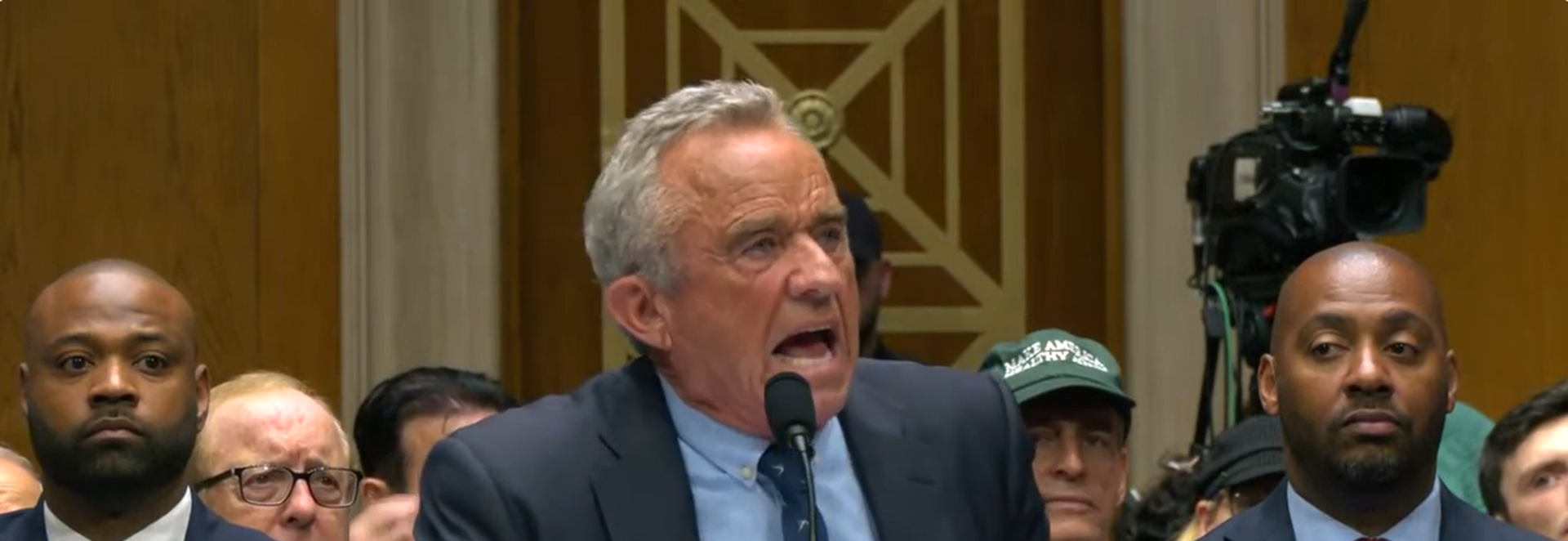Hair Transplant in Riyadh: What to Expect Before and After

Hair loss is a universal concern that can impact confidence, self-image, and quality of life. For many Hair Transplant in Riyadh (زراعة الشعر في الرياض) offers a transformative solution, blending advanced medical science with natural-looking results. This comprehensive guide will walk you through every stage of the process, from preparation to recovery, so you know exactly what to expect before and after your procedure.
Understanding Hair Loss and the Promise of Restoration
Hair loss can stem from genetics, hormonal changes, medical conditions, or even stress. Regardless of the cause, the emotional and psychological impact can be significant. Fortunately, modern hair transplant techniques provide hope for those seeking to restore their hair and confidence. In Riyadh, state-of-the-art clinics and skilled professionals have made hair transplants a popular and effective choice for both men and women.
Why Opt for a Hair Transplant in Riyadh?
Choosing a Hair Transplant in Riyadh means accessing world-class expertise and cutting-edge technology. Riyadh has become a hub for medical tourism, especially for hair restoration, thanks to its modern infrastructure and highly trained specialists. Patients benefit from personalized care, innovative procedures, and a commitment to natural results, making the city a leading destination for those seeking hair restoration solutions.
Types of Hair Transplant Procedures
Follicular Unit Transplantation (FUT)
-
Involves removing a strip of scalp from the donor area (usually the back of the head).
-
The strip is dissected into individual follicular units under a microscope.
-
Tiny incisions are made in the recipient area, and the grafts are implanted to mimic natural hair growth.
-
Leaves a linear scar hidden by surrounding hair but allows for the transplantation of larger numbers of grafts in one session.
Follicular Unit Extraction (FUE)
-
Individual hair follicles are extracted directly from the donor area using a specialized punch tool.
-
This method leaves tiny dot-like scars that are barely noticeable.
-
Grafts are implanted in the recipient area following the natural direction and angle of hair growth.
-
FUE is less invasive and has a quicker recovery time, making it a preferred option for many.
The Consultation: Laying the Foundation
Assessing Your Suitability
The process begins with a thorough consultation. Your surgeon will evaluate the extent of your hair loss, the quality and density of your donor hair, your scalp health, and your overall medical history. This assessment helps determine the best technique (FUT or FUE) and ensures realistic expectations for the outcome.
Personalized Planning
During the consultation, the surgeon will design your new hairline, discuss your goals, and answer any questions. The donor and recipient areas are carefully marked, and you’ll receive detailed instructions on how to prepare for the procedure.
Preparing for Your Hair Transplant
Pre-Procedure Guidelines
-
Avoid blood-thinning medications and supplements as advised by your doctor.
-
Refrain from smoking and alcohol consumption, as these can affect healing and graft survival.
-
Wash your hair thoroughly the night before surgery, using a mild shampoo.
-
Arrange for someone to drive you home after the procedure, as you may be given a mild sedative.
The Day of Your Hair Transplant: Step-by-Step
Arrival and Anesthesia
On the day of your Hair Transplant in Riyadh, you’ll be welcomed by the surgical team and prepped for the procedure. Local anesthesia is administered to numb the donor and recipient areas, ensuring comfort throughout.
Harvesting the Grafts
-
For FUT: A strip of scalp is removed, and the area is sutured.
-
For FUE: Individual follicles are extracted directly from the donor area.
-
The harvested grafts are carefully prepared under a microscope to ensure their viability.
Creating the Recipient Sites
Tiny incisions are made in the recipient area, with meticulous attention to the angle, direction, and density to achieve a natural look. The prepared grafts are then implanted into these sites.
Immediate Post-Op Care
After the procedure, your scalp is cleaned and bandaged. You’ll receive an aftercare kit containing specialized shampoo, saline spray, and instructions for the first few days.
The Initial Recovery Period: What to Expect
First 48 Hours
-
Mild swelling, redness, and discomfort are common. Elevate your head and use cold compresses to minimize swelling.
-
Avoid touching, scratching, or rubbing the transplanted area to prevent dislodging the grafts.
The First Week
-
Scabs will form around the transplanted follicles. Do not pick at them; they will fall off naturally.
-
Sleep with your head elevated and avoid direct contact with pillows to protect the grafts.
-
Follow your surgeon’s instructions for gentle hair washing and scalp care.
Activity Restrictions
-
Avoid strenuous exercise, swimming, and exposure to dust or direct sunlight for at least two weeks.
-
Refrain from smoking and alcohol, as they can impede healing and affect graft survival.
Shedding Phase and Early Results
Understanding Shedding
It’s normal for transplanted hairs to shed within the first 2–4 weeks. This is a natural part of the process and makes way for new hair growth. Don’t be alarmed—this is temporary, and the follicles remain healthy beneath the scalp.
New Growth Timeline
-
3–4 Months: Fine, new hairs begin to emerge.
-
6 Months: Noticeable improvement in density and coverage.
-
12–18 Months: Full results are visible, with thicker, natural-looking hair.
Long-Term Care and Maintenance
Scalp and Hair Care
-
Use mild, fragrance-free shampoos and avoid harsh styling products.
-
Protect your scalp from sun exposure and extreme temperatures.
-
Maintain a healthy diet rich in protein, vitamins, and minerals to support hair growth.
Follow-Up Appointments
Regular check-ins with your surgeon are essential to monitor progress, address any concerns, and ensure optimal results. Your doctor may recommend maintenance treatments or medications to support ongoing hair health.
Emotional and Psychological Benefits
A successful hair transplant can be life-changing. Many patients report increased self-esteem, improved social confidence, and a renewed sense of well-being. The transformation goes beyond aesthetics, helping individuals feel more comfortable and empowered in their daily lives.
Common Myths and Misconceptions
Myth 1: Hair Transplants Are Only for Men
While male pattern baldness is a common reason, women also seek hair transplants for thinning hair, receding hairlines, or scarring.
Results Look Unnatural
Modern techniques prioritize natural hairline design and graft placement, resulting in undetectable, realistic outcomes.
The Procedure Is Painful
Local anesthesia ensures a comfortable experience, and most patients describe the sensation as mild discomfort rather than pain.
Myth 4: Results Are Immediate
Patience is key. Full results develop gradually over 12–18 months as new hair grows and matures.
Is a Hair Transplant Right for You?
If you’re considering a Hair Transplant in Riyadh, it’s crucial to have realistic expectations and understand that results depend on factors like donor hair quality, the extent of hair loss, and adherence to aftercare. A thorough consultation with a qualified specialist will help determine if you’re a good candidate.
✨ (FAQs) ✨
How long does it take to recover after a hair transplant?
Most patients can return to light activities within a few days, but full recovery, including the shedding and regrowth phases, takes several months. Swelling and scabbing resolve within two weeks, while new hair growth becomes noticeable after 3–4 months.
Will the results of my hair transplant look natural?
Yes, when performed by experienced professionals, the results are designed to mimic your natural hairline and growth patterns, making the transplanted hair virtually indistinguishable from your original hair.
Are there any risks or side effects?
Mild swelling, redness, and discomfort are common but temporary. Rarely, infection or scarring may occur. Following your surgeon’s aftercare instructions minimizes risks and ensures optimal healing.
Can I style, cut, or dye my transplanted hair?
Absolutely! Once the transplanted hair has fully grown (usually after 6–12 months), you can treat it just like your natural hair—cut, style, or dye as desired.
Conclusion
A Hair Transplant in Riyadh can be a life-changing investment in your appearance and confidence. By understanding what to expect before and after the procedure, you’ll be well-prepared for each stage of the journey. From initial consultation to long-term care, Riyadh offers advanced solutions and expert care for anyone seeking to restore their hair and self-assurance. If you’re ready to take the next step, consult a qualified specialist and start your journey toward fuller, natural-looking hair today.












































































